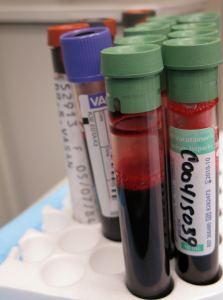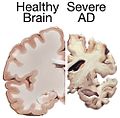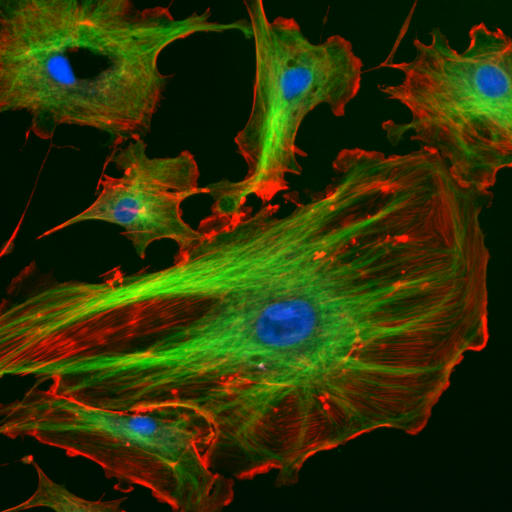Many people have believed cancer is found in people’s genes and therefore cannot be prevented. It is a good thing to see that simple exercise is proving people wrong. However in as much as it is true that certain types of cancers run in the family; most cancers are not linked to genes we inherit from our parents. In fact, only a small portion of all cancers is inherited. Cancer is highly preventable and not just cancer, many other diseases too; such as heart attacks and chronic illnesses. These killer diseases can be prevented by a simple general change in a person’s lifestyle.
A large study in 2008 found out that a combination of four healthy behaviors could automatically improve your health or even help prevent killer diseases. These behaviors were: not smoking, moderating how much alcohol you drink, keeping active and eating five daily portions of fruit and vegetables everyday. The people who ticked all the four healthy boxes are more likely to gain fourteen years of life compared to those who do not follow what the healthy boxes require. At the end of the study, health doctors said that they were less likely to die from cancer or heart disease.

(image from: wikimedia)
Exercise is a good take to battle cancer with. Exercise even prevents people from being overweight, which is another cause for diseases like diabetes, heart failure and cancer. Exercise is simple to do and a God sent healer. Why don’t people just embrace it and do it wholeheartedly and eventually save lives. Furthermore, it is inexpensive; you do not need to have a gym instructor to discipline yourself in exercise. It is a matter of a decision – to wake up early in the morning and go jogging for a couple of hours. This will increase your blood circulation and make sure your body is fit and healthy.
This is a call for everyone who values their health, no matter what your weight is. A list of that can be prevented by exercising is: Being active boosts high density lipoprotein or cholesterol which in turn decreases unhealthy triglycerides. It prevents cancer, heart attacks, stroke, type 2 diabetes, arthritis, depression, metabolic syndrome, falls and basically almost every single disease. So, worry no more about your health and embrace exercise.

Anti-cancer food (image from: wikimedia)
Eating right is the next big thing that anyone can engage in to save their lives. A study has shown that being overweight after completing cancer treatment was the cause of shorter survival times and a higher risk of cancer recurrence. People talk of eating a balanced diet but which foods really prevent cancer? Anti-cancer foods really work, yes; it’s being tried and tested. While you exercise your way to a healthy living, you can try these foods too to help prevent occurrence and recurrence of cancer: blueberries, green tea, garlic, broccoli, onions, cooked tomatoes, red wine, soybeans, turmeric and watercress. The delicious foods have also, in addition to exercise, been on the front line in battling prostrate, breast, lung, and colon cancers.





















